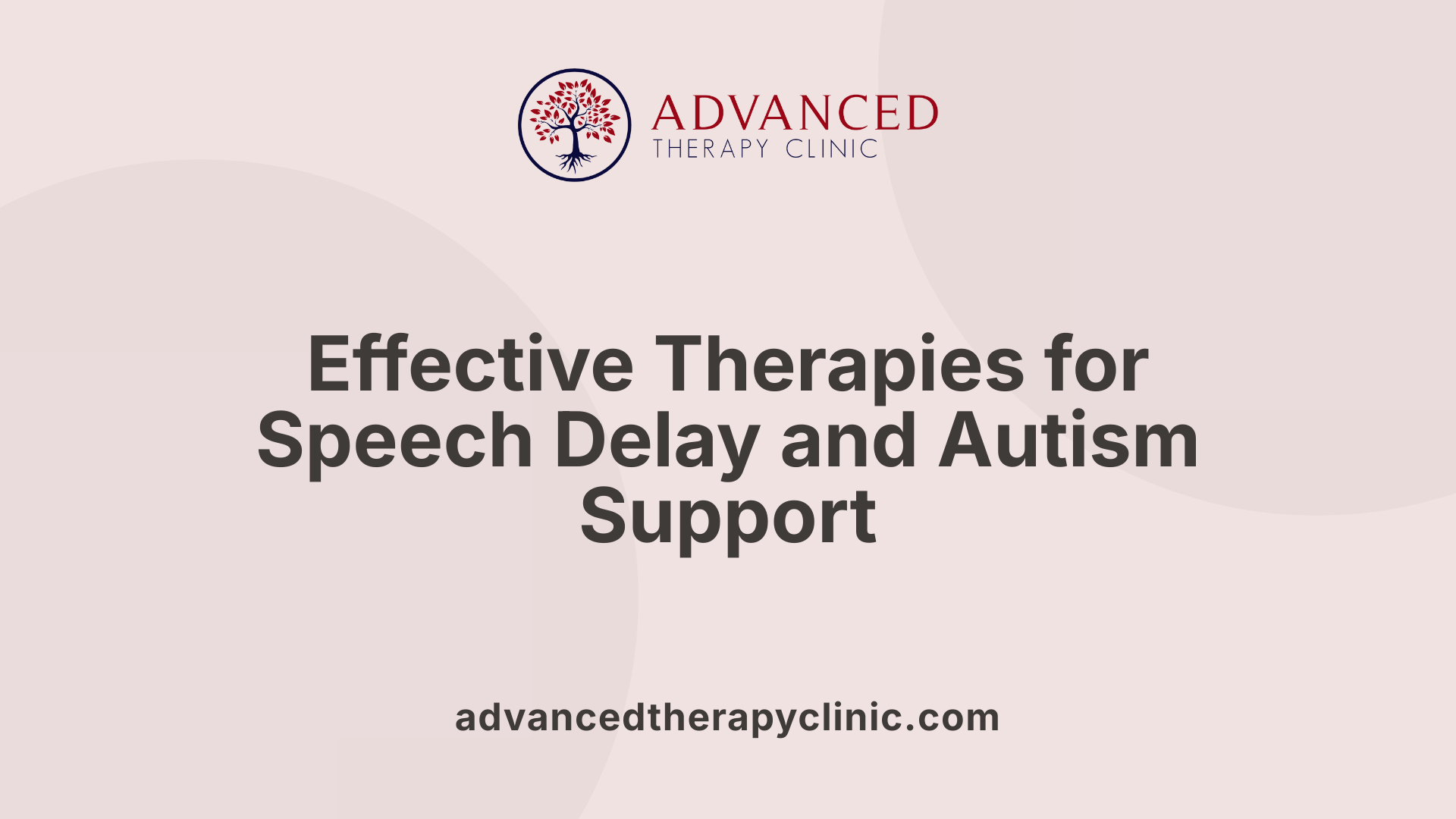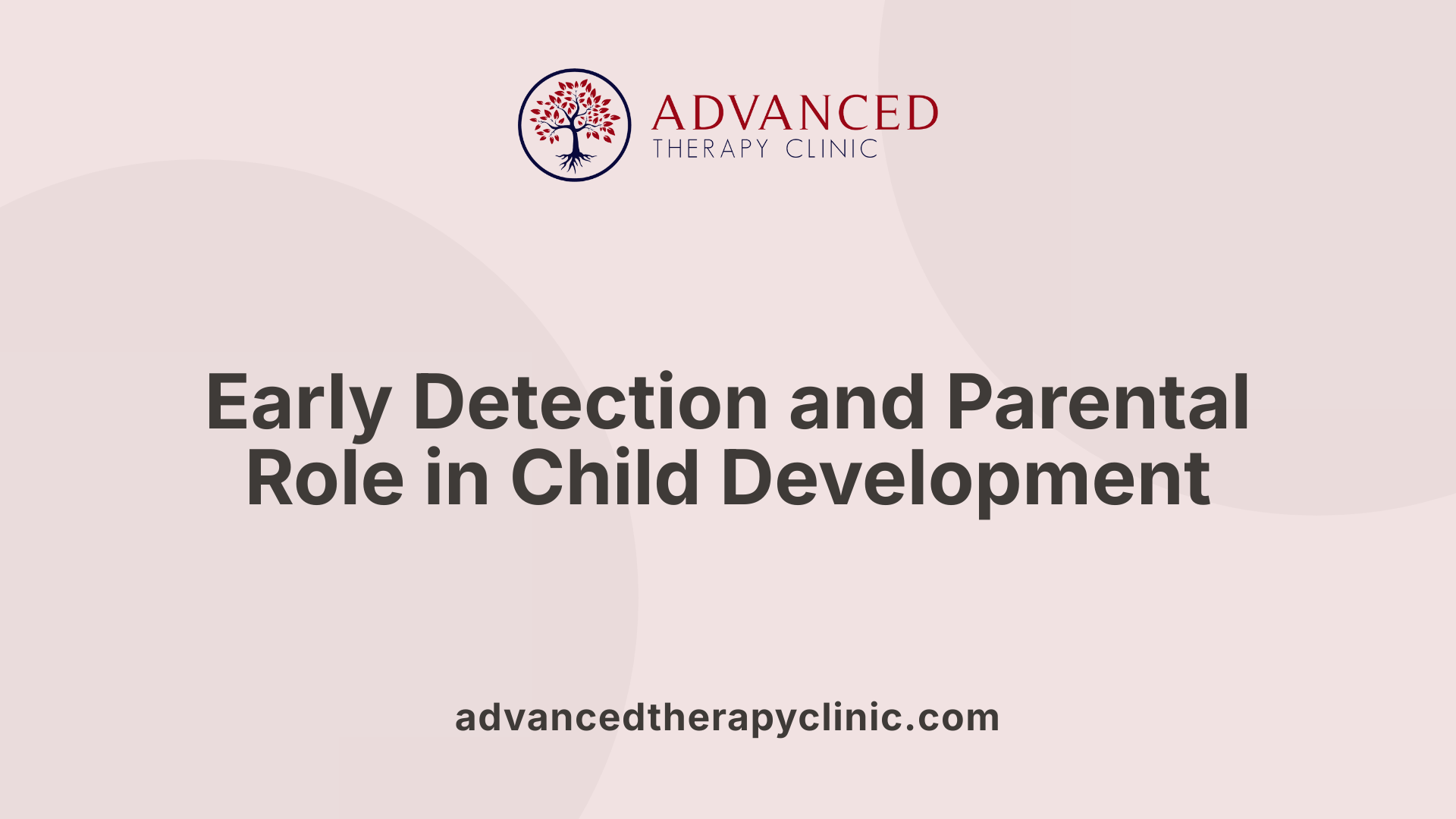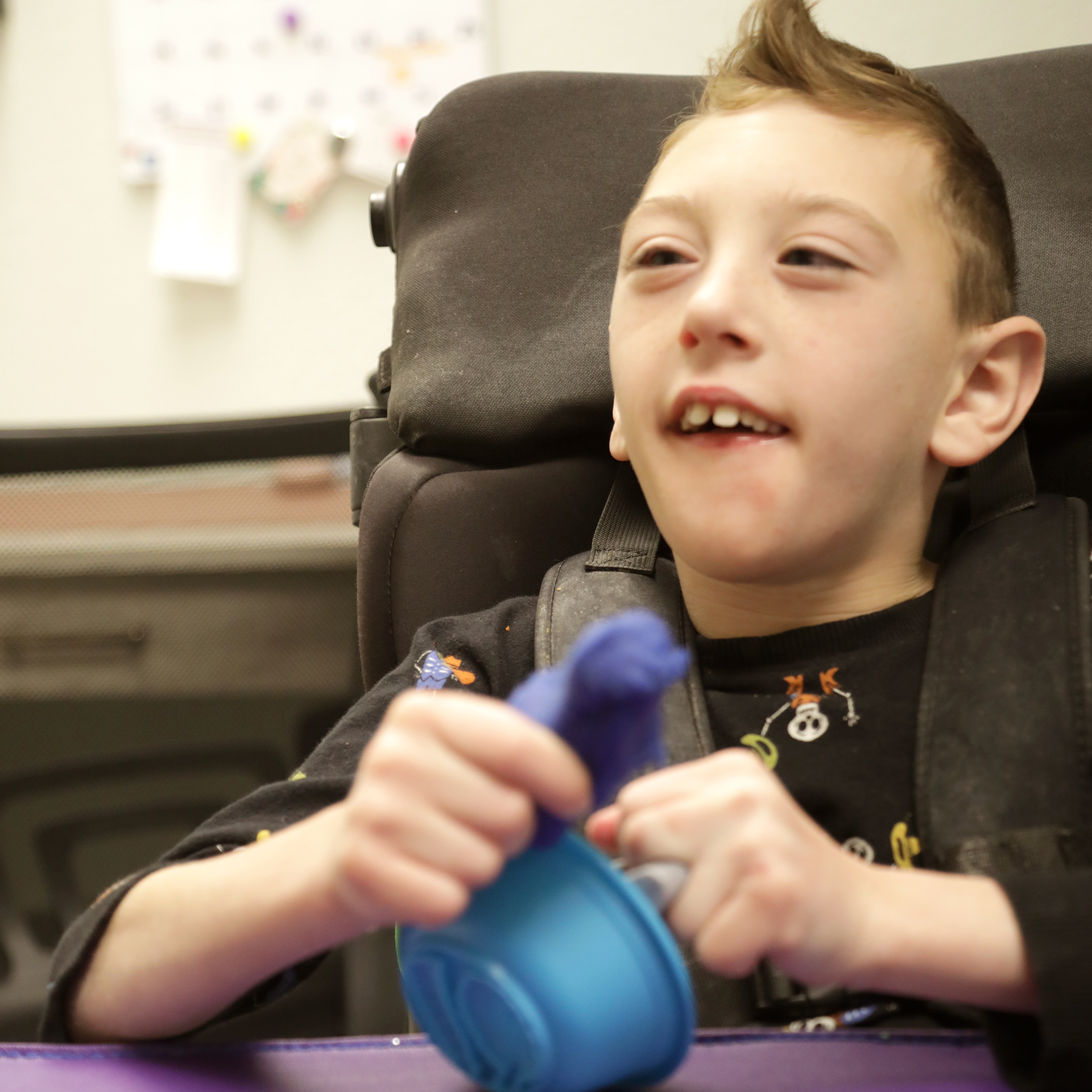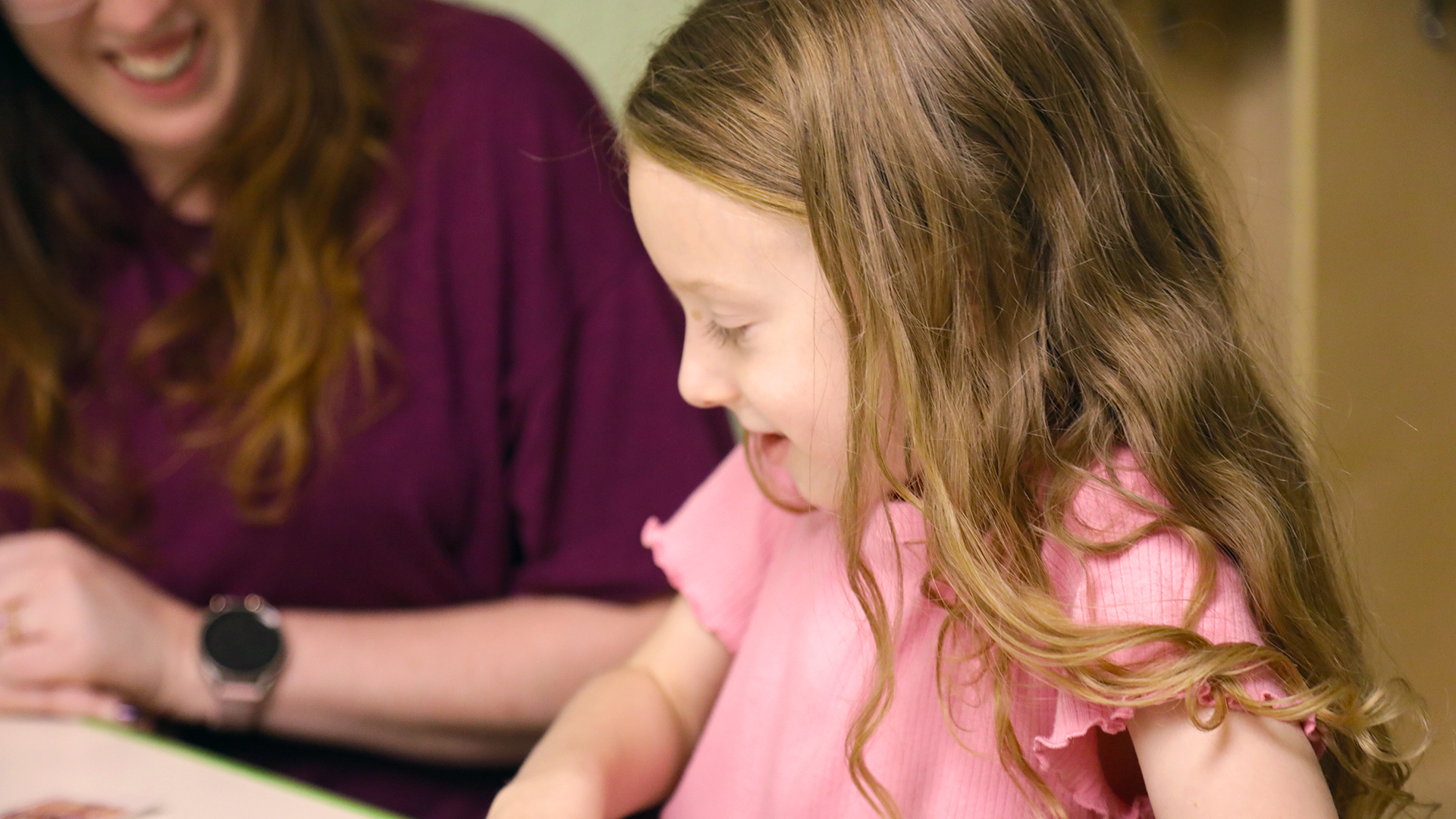Speech Delay vs. Autism


Understanding Speech Delay and Autism Spectrum Disorder
Both speech delay and autism spectrum disorder (ASD) can affect a child's ability to communicate and develop socially, but they are distinct conditions with different causes, signs, and intervention strategies. Early recognition of their features is crucial for timely support and optimized developmental outcomes. This article explores the differences, signs, causes, and available interventions for speech delay and autism, helping parents and caregivers better understand these prevalent developmental concerns.
What Constitutes Speech Delay and Its Typical Onset
Developmental milestones for speech and language
Children usually reach certain speech and language milestones by specific ages. By 4 to 6 months, most babies babble sounds like "ba" or "da." Between 7 to 9 months, they often use simple gestures such as waving or pointing. By age 12 to 16 months, most children can say a few words, like "mama" or "dada." By around 18 to 24 months, children are expected to combine words into simple phrases.
Monitoring these milestones helps parents and caregivers identify typical development. For example, pointing at objects or responding to their name should become routine behaviors within these timeframes.
Recognizing Early Signs and Symptoms of Speech Delay and Autism

What are the early signs, symptoms, and developmental milestones associated with speech delay and autism?
Early indicators of speech delay often include a child's failure to babble by 12 months, which is typically when infants experiment with sounds. By age two, children with speech delays may use fewer than 50 words or fail to form simple two-word phrases, a sign that their speech development is behind typical milestones. Difficulties in imitating sounds or understanding spoken instructions might also be observed.
Children with autism frequently exhibit these speech delays alongside broader social and communication challenges. Notable signs include a lack of response to their name, failure to point at objects or use gestures by around 12 months, and limited use of eye contact. They may not develop typical early behaviors such as joint attention or simple social interactions. Repetitive behaviors, echolalia — the repetition of words or phrases — and difficulties in understanding non-verbal cues are common.
In terms of developmental milestones, children usually begin to produce words by 16-18 months and start combining them into simple phrases by 24 months. When these milestones are delayed or absent, especially coupled with social communication deficits, autism may be suspected.
Broader signs of autism include a preference for solitary play, limited interest in social activities, aversion to routine changes, and repetitive movements like hand-flapping. These signs, combined with speech and language delays, help differentiate autism from speech delay alone.
Early detection—preferably before age 3—is critical. Recognizing these signs early allows for timely intervention, which can substantially improve language skills, social functioning, and overall developmental trajectories.
Differentiating Between Speech Delay and Autism: Key Features
What are the differences between speech delay and autism?
Speech delay refers to a child's slower development in producing sounds, words, and sentences relative to typical milestones. Children with speech delays usually follow a general pattern of language growth but at a delayed pace. They often continue to engage in social interactions, respond positively to attention, and use gestures such as pointing or waving, which are signs they are not necessarily experiencing broader developmental issues.
In contrast, autism spectrum disorder (ASD) involves a range of challenges beyond speech delay. Children with autism often have difficulty understanding non-verbal communication, such as facial expressions or body language, and may avoid eye contact. Repetitive behaviors, restricted interests, and difficulty adapting to routines are common features.
While some children with autism also experience speech delays, the core differences lie within social behaviors and interests. Those with autism might not respond to their name, may not imitate sounds or gestures by the expected ages, and could exhibit repetitive motions like hand-flapping. Their communication challenges extend to limited social responsiveness and poor understanding of non-verbal cues.
Early signs of autism include:
- Not responding to their name
- Avoiding eye contact
- Not pointing at objects by 18 months
- Repeating words or phrases (echolalia)
- Preferring to play alone or in repetitive ways
Children with speech delay tend to understand social cues, engage in social interactions, and have good gestures like waving or pointing, whereas children with autism often struggle with these skills.
In summary, while both conditions can involve late or limited speech, autism encompasses broader social and behavioral differences that are not typical in isolated speech delays. Accurate early diagnosis often involves assessing multiple developmental domains, and intervention approaches may differ accordingly.
Quick comparison of speech delay and autism
| Feature | Speech Delay | Autism Spectrum Disorder | Additional Details |
|---|---|---|---|
| Speech development | Slower progress but follows typical pattern | Possible regression, delayed speech onset | Speech can be delayed or limited, but understanding often intact |
| Social engagement | Usually normal, enjoys social interactions | Challenges with eye contact, gestures, joint attention | May prefer solitude; less interest in social play |
| Non-verbal cues | Use gestures like pointing, respond to social cues | Limited or absent gestures, difficulty understanding facial expressions | Receptive skills often better preserved |
| Repetitive behaviors | Less common | Common, including hand-flapping, rocking | Repetitive interests may focus on specific topics |
| Response to attention | Generally responsive | Can be slow or non-responsive to stimuli | Early signs include not responding to name, minimal eye contact |
Recognizing these differences early can help ensure children get the most appropriate support. Early intervention through speech therapy and behavioral therapies can improve outcomes for both speech delays and autism.
Motor Skills and Developmental Variations
How do speech delay and autism differ in terms of motor skills?
Children with speech delays generally develop motor skills normally, without significant impairments. They typically follow the expected trajectory in gross and fine motor development, such as crawling, walking, and hand movements, aligning with their age milestones.
In contrast, children with autism often experience delays in both large muscle (gross) and small muscle (fine) skills. Studies show that motor difficulties are more prevalent in older children with autism, especially between 37 to 60 months of age.
Motor impairments in autistic children can manifest as challenges with balance, coordination, and manipulating toys or objects. These issues may hinder their ability to perform everyday activities smoothly, affecting their overall physical development.
Furthermore, fine motor delays—like difficulty grasping or manipulating small objects—are strongly linked to ongoing language and cognitive delays among children with autism. These motor skill challenges can impact a child's ability to imitate gestures, draw, or write, which are essential for communication and learning.
Implications for overall development
Motor skill development is interconnected with communication, social interaction, and exploring the environment. Children with typical speech delays usually catch up over time with targeted speech and motor therapy, having fewer motor challenges.
Conversely, motor delays in autism can contribute to broader developmental hurdles. Difficulties with coordination and movement may reduce a child's ability to engage in social play, explore objects, and develop language skills, thereby affecting their overall developmental progress.
Effective early intervention addressing both motor and speech skills in children with autism helps in fostering better communication and social abilities, promoting more comprehensive growth.
| Aspect | Speech Delay | Autism | Additional Details |
|---|---|---|---|
| Motor development | Usually normal | Often delayed | Motor skill delays often linked to broader developmental challenges |
| Common impairments | Minimal | Balance, coordination, fine motor control | Motor issues may persist or become more apparent with age |
| Impact on learning | Minimal | Can hinder social interaction and language progression | Motor delays are signs of broader neurodevelopmental differences |
Causes and Contributing Factors of Speech Delay and Autism

What are common causes of speech delay?
Speech delays can arise from a variety of reasons. Some children might experience oral-motor issues, which affect the muscles involved in speech production. Hearing problems are a significant factor, as children need to hear sounds clearly to learn to mimic and develop language skills. Environmental factors, such as limited exposure to language-rich interactions, can also play a role. Additionally, physical anomalies like tongue-tie can hinder speech development. Children may also have developmental conditions like apraxia of speech, where planning and coordinating speech movements are difficult. In some cases, speech delays are part of broader developmental delays, but often they resolve over time with appropriate support.
How do genetic and environmental factors influence autism?
Autism spectrum disorder (ASD) is believed to result from a combination of genetic and environmental influences. Research shows that genetic factors can contribute significantly, with many genes involved affecting brain development and connectivity. Environmental factors such as prenatal exposure to certain substances, advanced parental age, or complications during birth may also increase autism risk. Importantly, extensive studies confirm that vaccines do not have a link to autism. The disorder is complex, involving multiple biological pathways, but environmental aspects appear to influence vulnerability rather than cause-and-effect relationships.
What is the role of hearing issues in speech development?
Hearing problems are among the most common causes of speech delay. When children cannot hear properly, they struggle to distinguish sounds, which impairs their ability to mimic speech sounds and develop language skills. Hearing impairments can be congenital, due to genetic issues or infections, or acquired through injury or illness. Timely identification and management of hearing problems, such as through hearing screenings and fitting with hearing aids if needed, are crucial. Early intervention helps children improve their speech and language development, reducing the risk of long-term communication difficulties.
| Cause Category | Specific Factors | Additional Details |
|---|---|---|
| Developmental and Physical | Oral-motor problems, tongue-tie, neurological issues | Affect speech muscle coordination and control |
| Hearing-Related | Hearing loss, auditory processing disorder | Hinders sound recognition necessary for speech |
| Genetic Factors | Down syndrome, other genetic syndromes | Contribute to cognitive and speech delays |
| Environmental | Limited language exposure, neglect | Reduces practice and reinforcement of skills |
Early assessment by professionals such as speech-language pathologists is essential for accurately identifying the underlying causes of speech delays and differentiating them from autism. If concerns about speech or social development arise, seeking prompt evaluation can lead to more effective intervention strategies.
For more detailed information, you can search for "causes of speech delay and autism in children" on trusted health and developmental websites.
Intervention Strategies and Therapeutic Approaches

Speech therapy options
Children with speech delays benefit greatly from targeted speech therapy. These therapies focus on improving pronunciation, expanding vocabulary, and encouraging clear communication. Speech-language pathologists use a variety of techniques such as articulation exercises, modeling correct sounds, and engaging children in language-rich activities. For children with autism and additional communication challenges, therapies may incorporate visual supports, sign language, or alternative communication devices to enhance understanding and expression.
Role of early intervention
Early intervention plays a crucial role in addressing speech delays. The earlier a delay is identified, the more effective the treatment can be. Professional assessment by speech-language pathologists helps determine the root cause of the delay—whether developmental, neurological, or related to hearing impairment—and guides appropriate therapy. Early intervention not only improves speech skills but also supports social interaction and cognitive development, making it a vital step in managing delays.
Support for social and behavioral challenges
Many children with speech delays, especially those with autism, face social and behavioral hurdles. Therapeutic approaches such as Applied Behavior Analysis (ABA) and social skills training can help children develop necessary social cues, turn-taking, and interaction skills. These programs often include play-based activities that promote communication, reduce frustration, and foster positive social engagement. Supporting a child's emotional and behavioral development alongside speech therapy contributes to more comprehensive progress.
How can parents help address speech delay in children?
Parents can play an active role in supporting their child's speech and language development. Engaging in simple, everyday activities like talking, singing, and reading aloud to children helps stimulate their language skills. Narrating routines, encouraging imitation of sounds, and modeling clear speech create a language-rich environment. It's beneficial to recognize early signs such as lack of response to sounds or gestures, which should prompt consultation with healthcare professionals. Using sign language can help children communicate while they develop verbal skills. Promptly seeking professional intervention can significantly improve a child's communication abilities and overall development.
| Aspect | Details | Additional Notes |
|---|---|---|
| Primary Therapy | Speech-language therapy focused on articulation, vocabulary, and comprehension | Tailored to each child's needs |
| Early Intervention | Initiation of therapy before age 3 | Key for better outcomes |
| Social Support | Behavioral therapies like ABA, social skills training | Addresses behavioral and social challenges |
| Parental Role | Active engagement in daily communication activities | Important for reinforcement |
| Autism Considerations | Additional therapies for social behaviors, non-verbal support | May include alternative communication methods |
This comprehensive approach ensures children with speech delays receive the support they need to improve their communication skills, participate fully in social activities, and boost their confidence.
Summary and Importance of Early Detection and Support

What are the benefits of early diagnosis of speech delay and autism?
Early diagnosis of speech delay and autism is crucial because it allows children to receive interventions at a stage when their brains are most receptive to learning and change. Detecting these conditions early can lead to the implementation of targeted therapies, such as speech-language therapy, behavioral strategies, and educational support, which can significantly enhance communication skills and social interaction.
When professionals identify issues promptly, children are more likely to develop effective language abilities, improve their social responsiveness, and gain confidence in their interactions. Early intervention also helps mitigate secondary emotional and behavioral challenges that might arise due to social isolation or frustration from communication difficulties.
Furthermore, early diagnosis fosters a collaborative approach involving specialists like speech therapists, psychologists, educators, and healthcare providers. This multidisciplinary effort ensures a comprehensive support system tailored to the child's unique needs.
Most importantly, children who receive early help tend to show better long-term developmental outcomes. They are more likely to integrate successfully into educational settings and develop skills that support independence and meaningful participation in social and community activities.
Why is a multidisciplinary approach beneficial?
Addressing speech delays and autism requires a team of various professionals who can assess and support different developmental areas. Speech-language pathologists focus on communication issues, psychologists evaluate behavioral and social aspects, and educators adapt learning strategies. Medical providers can identify and treat underlying health issues, such as hearing loss or neurological conditions.
This collaborative approach ensures that all aspects of the child's development are considered, leading to more effective interventions. It also helps in monitoring progress and adjusting strategies as needed.
How does early diagnosis influence long-term outcomes?
Timely intervention after early diagnosis can dramatically improve a child's future. Many children with speech delays or autism who start therapy early can achieve communication milestones similar to their peers. Some may develop spoken language, while others may benefit from alternative communication methods.
Long-term benefits include better academic performance, enhanced social skills, and increased independence. Addressing challenges early prevents the escalation of difficulties and supports the child in reaching their full potential.
Final Thoughts: Empowering Caregivers and Supporting Developmental Growth

Informed decision-making
Understanding the differences between speech delay and autism is essential for caregivers and parents. While speech delays involve children developing speech and language skills on a delayed timeline, autism spectrum disorder encompasses broader social, behavioral, and communication challenges. Recognizing early signs, such as late babbling, minimal gesturing, or difficulty responding to name, helps in making timely decisions about seeking intervention.
Monitoring development milestones
Regularly tracking a child's developmental milestones is crucial. For speech and language, milestones such as babbling by 6-12 months, pointing by 18 months, and combining words by age two provide benchmarks. Use tools like CDC milestones for comparison. Not meeting these milestones isn't an immediate cause for concern but warrants observation and possible consultation.
Seeking professional guidance
Early evaluation by professionals like speech-language pathologists, psychologists, or pediatricians can clarify whether delays are developmental or related to autism. Early intervention, including speech therapy and behavioral strategies, can significantly improve communication skills and social engagement.
Supporting Children with Speech Delay and Autism
Both conditions benefit greatly from targeted support and patience. Incorporating strategies like visual cues, social stories, and structured routines can foster communication and social skills. Remember, children typically respond well to positive reinforcement, and consistent encouragement helps build confidence.
| Step | Action | Purpose | Additional Notes |
|---|---|---|---|
| Observation | Track developmental milestones and behaviors | Early detection of delays or signs of autism | Use CDC milestones, note regressions |
| Professional Evaluation | Consult with specialists early | Accurate diagnosis and intervention planning | Speech therapists, psychologists, pediatricians |
| Intervention Planning | Implement targeted therapies (speech, ABA) | Support development and communication | Tailored to individual needs |
| Parental Support | Educate oneself and seek community resources | Empowerment and ongoing assistance | Support groups, educational programs |
Supporting your child's growth requires ongoing effort, patience, and awareness. Recognizing signs early and seeking professional help can make a meaningful difference, opening pathways to enhanced communication, social skills, and overall development.
Moving Forward with Knowledge and Confidence
Understanding the differences and overlaps between speech delay and autism equips parents and caregivers to seek timely evaluations and interventions. Recognizing early signs, monitoring developmental milestones, and consulting professionals can lead to meaningful support that fosters a child’s communicative and social growth. With early intervention and a collaborative approach, children facing these challenges are better positioned to develop their full potential, leading to more positive lifelong outcomes.
References
- Speech Delay vs. Autism Spectrum Disorder: What's the Difference?
- The Difference Between Speech Delays and Autism - ECCM.org
- Speech Delay vs Autism: What's the Difference?
- 3 Signs That Your Child's Speech or Language Delay Could Be ...
- Speech Delay vs. Autism: Identifying the Differences - NAPA Center
- How to Tell the Difference Between Speech Delay & Autism | Apollo
- Autism vs Speech Delay: Here's How to Tell the Difference
- Speech Delay and Autism: How to Tell the Difference - Expressable
Recent articles

How Pediatric Therapy Helps Kids Thrive across Montana and Wyoming
A supportive guide for families exploring therapy options in Billings, Butte, Missoula or Sheridan.

How to Choose the Right Pediatric Therapy Clinic in Billings, Montana
A Parent‑Friendly Guide To Finding The Best Support For Your Child

Expressive Speech Delay 2-Year-Old
Understanding and Addressing Expressive Speech Delay in Toddlers

How Speech Recognition Works
Unlocking the Power of Speech Recognition in Therapy and Healthcare

Autism and Head Size
Understanding the Complex Relationship Between Autism and Head Size

Occupational Therapy in Autism
Enhancing Independence and Quality of Life Through Occupational Therapy in Autism

